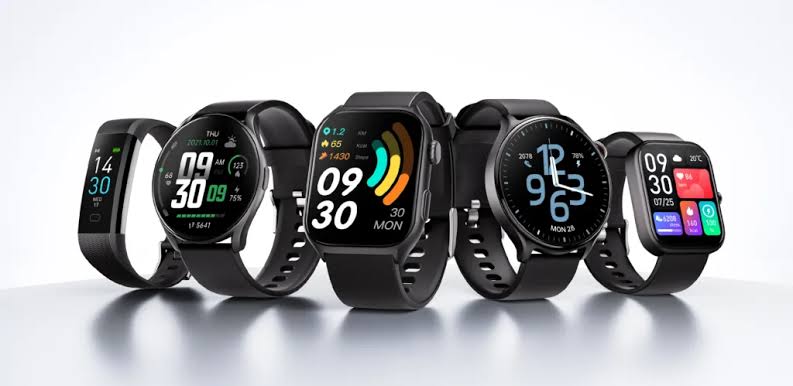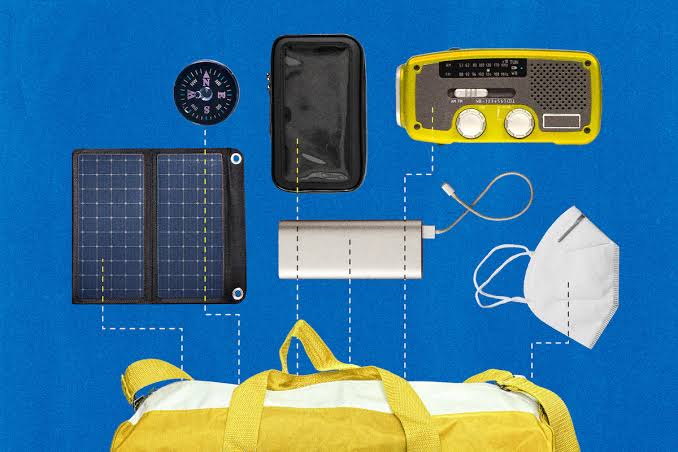Smartwatches have changed a lot in the last ten years. They started as basic fitness trackers but now work like small smartphones. By July 2025, smartwatches help with communication, health tracking, and getting work done. They are also slimmer, look better, and have more features. This change has made using technology easier and more useful right on your wrist.
What began as an accessory for health-conscious individuals has become an essential tool for professionals, athletes, and tech enthusiasts. The rise of AI integration, standalone connectivity, and expanding app ecosystems has pushed the smartwatch into a new era—one where it can stand alone without depending on a smartphone. Understanding this evolution offers insight into how far wearable technology has come and where it might go next.
The Fitness Tracker Era: Origins and Simplicity
The journey of smartwatches began with fitness trackers in the early 2010s. Devices like the first-generation Fitbit or Jawbone UP focused primarily on physical activity. These wearables tracked steps, calories burned, and basic sleep patterns. Their minimal displays and limited functionality made them affordable and user-friendly for those new to wearable tech.
These early fitness trackers were built with simplicity in mind. They used basic sensors like accelerometers and heart rate monitors and paired with smartphone apps to deliver insights. While their data accuracy was not always precise, the concept of monitoring personal health in real time quickly gained popularity.
The demand for more detailed health tracking, better app integration, and smarter notifications laid the groundwork for the next stage in wearable technology.
The Rise of Smartwatch Hybrids
As interest in fitness tracking grew, tech companies began merging health features with communication tools. Devices like the original Apple Watch, Samsung Gear series, and Garmin’s Forerunner line introduced hybrid functionality. These watches not only tracked fitness but also offered limited app access, music control, and smartphone notifications.
Between 2015 and 2020, smartwatches matured into multi-purpose devices. Their operating systems improved, touchscreens became more responsive, and battery life extended. These hybrid models became especially appealing to those who wanted both fitness features and smart capabilities in a single device.
Users could now read texts, answer calls, and even use voice assistants without pulling out their phones. This shift blurred the line between health gadget and communication device, and it signaled that smartwatches were ready to become much more than glorified pedometers.
Health Monitoring and Medical Capabilities
One of the most significant advancements in the evolution of smartwatches has been their transformation into personal health assistants. By the early 2020s, devices like the Apple Watch Series 8 and Samsung Galaxy Watch 5 had introduced ECG sensors, blood oxygen monitoring, fall detection, and even temperature tracking for menstrual cycle prediction.
As of July 2025, smartwatches have become integral to preventative healthcare. The latest models feature non-invasive glucose monitoring, blood pressure sensors, and stress level assessments powered by heart rate variability (HRV) and skin temperature data. AI now plays a role in identifying potential medical conditions before symptoms become serious.
Healthcare providers are also increasingly using wearable data for remote monitoring. Patients with chronic illnesses can share real-time health stats with doctors, allowing for faster interventions and more accurate treatments. This integration of medical-grade features into consumer products is redefining the role of wearable tech in daily life.
Communication Without the Smartphone
Perhaps the most dramatic leap has been the shift toward standalone communication capabilities. Today’s top smartwatches, including the Apple Watch Ultra 2 and Huawei Watch GT Pro, support LTE/5G connectivity, eSIM cards, and VoIP calls. This means users can make calls, send texts, stream music, and use GPS navigation entirely independently from their smartphones.
This level of autonomy was once reserved for science fiction, but in 2025, it’s become standard for many models. Athletes, travelers, and professionals appreciate being able to stay connected without carrying a phone—especially during workouts or commutes. Smartwatches now also support advanced messaging platforms, language translation apps, and encrypted communication services.
With AI voice assistants becoming more accurate and conversational, interacting with a smartwatch is easier and more seamless than ever before.
Smartwatches as Productivity Tools
In addition to fitness and communication, smartwatches have also grown into productivity companions. Users can manage calendars, take notes, set reminders, and receive real-time work alerts all from their wrists. Integration with platforms like Microsoft Teams, Google Workspace, and Slack allows professionals to respond to messages, track tasks, and even attend meetings on the go.
Newer models as of July 2025 are optimized with gesture controls, biometric authentication, and improved haptics. These features make it possible to navigate complex interfaces quickly and securely. The smartwatch is no longer just a wearable—it has become an extension of the workplace.
For those in high-mobility jobs or in environments where pulling out a phone is impractical, the smartwatch is becoming the tool of choice for staying organized and informed.
The Role of Design and Fashion
While functionality is important, the success of smartwatches is also closely tied to their design. In recent years, manufacturers have prioritized aesthetics, offering a wide range of colors, materials, and watch faces. Brands now collaborate with fashion designers and luxury labels to release premium collections that appeal to style-conscious consumers.
Customizable straps, titanium and ceramic casings, and ultra-thin bezels are common in 2025. People now choose smartwatches that reflect their personal style just as much as they select them for features. This blend of fashion and technology has helped normalize the presence of smartwatches in both professional and casual settings.
The Future Outlook of Smartwatches
Looking ahead, smartwatches are expected to play an even larger role in augmented reality, biometric security, and digital identity. With wearable AI processors becoming more powerful, future models may support real-time AR displays, personalized AI assistants, and even gesture-based 3D navigation systems.
Battery innovation is also on the horizon, with new materials allowing for longer-lasting, thinner devices. Researchers are working on solar-powered components, body heat charging, and flexible displays that could make future smartwatches lighter and more energy-efficient.
Moreover, regulatory agencies are beginning to treat smartwatches with health-monitoring features as medical devices, which could lead to broader healthcare integrations and insurance-based incentives for users.
Final Thoughts
The smartwatch has come a long way from its roots as a simple step counter. It has evolved into a sophisticated, multipurpose device that supports health, productivity, communication, and style. As of July 2025, its role in everyday life continues to expand, proving that wearable technology is not just a trend, but a transformative force in how we live, work, and stay connected.
Whether you’re a fitness enthusiast, a busy professional, or someone looking for smarter convenience, today’s smartwatches offer a solution tailored to modern needs. And with rapid advancements still unfolding, the next generation of wrist-worn tech may be even more revolutionary.



